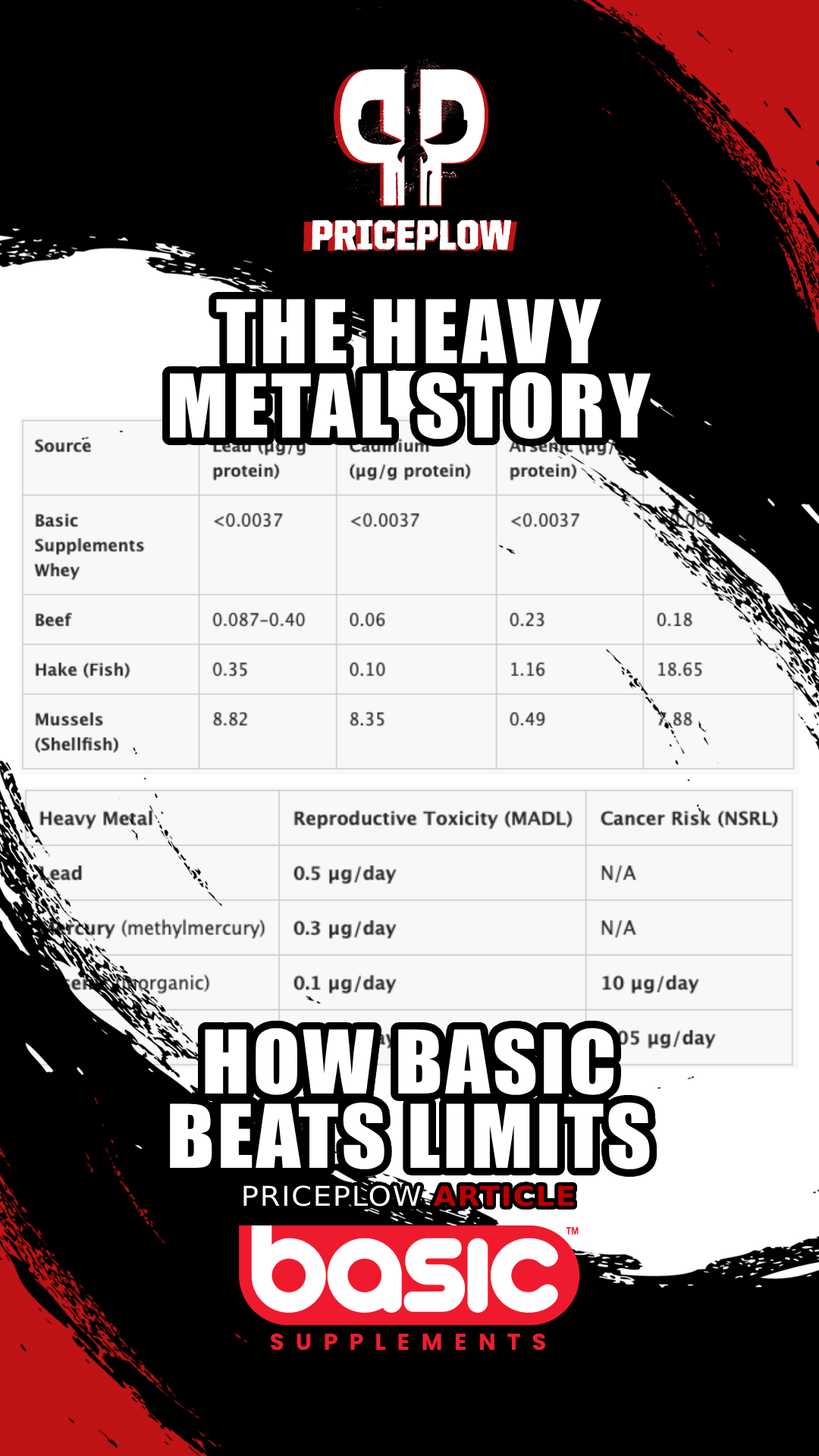
Basic Supplements shares heavy metals test results showing their whey protein has significantly lower levels than meat and fish. See the data on how their rigorous testing and quality control sets new standards for supplement safety.
In an industry often criticized for quality control issues, Basic Supplements continues to raise the bar with unprecedented transparency. After covering their mission to provide simple, reliable formulas and interviewing Basic Supplements' Marc Curcio on Episode #156 of the PricePlow Podcast, we're diving deeper into their heavy metals testing – one of the most important yet overlooked aspects of supplement quality.
We recently shared Basic Supplements' lab tests, which showed how well their products pass for purity and potency. But there's another growing story in the industry, and that's with heavy metals.
Heavy Metals: A Growing Concern in the Dietary Supplement Industry
Heavy metal contamination has become a growing concern in the dietary supplement industry.[1-3] While many brands conduct testing, few share their results publicly. Through their manufacturer, Nutrablend Foods, Basic Supplements has taken the bold step of releasing comprehensive third-party lab results from Dyad Labs, showing consistently low levels of arsenic, lead, cadmium, and mercury across their entire product line.
-
Lead, Mercury, Arsenic, and Cadmium: Where Do Your Supplements Stand?
These four metals pose serious health risks when accumulated in the body. Arsenic exposure can affect multiple organ systems and has been linked to various cancers.[4] Lead can impair neurological development and cognitive function.[5] Mercury, even at low levels, can damage the nervous system and affect cardiovascular health.[6] And cadmium is a carcinogen connected with numerous lung diseases and elevated blood pressure.[7]
-
Basic Supplements Passes with Flying Colors
In this article, we'll break down Basic's heavy metal test results product by product, compare them to FDA guidelines and common food sources, and explain why these results matter for consumers. What we found isn't just passing grades – it's consistent excellence that sets new standards for quality control in sports nutrition.
Less heavy metals per gram of protein than meat!
Even crazier, in this article, we show how Basic Isolate, Basic Whey, and Basic BCAA all have significantly fewer heavy metals inside on a gram-of-protein basis than beef and fish - and it's not even close!
Before we get started on this increasingly important topic, get signed up for our Basic Supplements news alerts, so you don't miss more advanced news on the Basics:
Basic Supplements – Deals and Price Drop Alerts
Get Price Alerts
No spam, no scams.
Disclosure: PricePlow relies on pricing from stores with which we have a business relationship. We work hard to keep pricing current, but you may find a better offer.
Posts are sponsored in part by the retailers and/or brands listed on this page.
Heavy Metals in 2025: State of the Industry
Recent investigations into protein powder supplements have revealed concerning levels of heavy metal contamination across the industry. In their 2024-2025 analysis of 160 protein supplements from 70 leading brands, the Clean Label Project found that 47% of tested products exceeded California's Proposition 65 safety thresholds for toxic metals.[2] This isn't just a fringe issue - these tested brands represent 83% of the current market share!
-
Why Compare to California Prop 65? The FDA Doesn't Set Limits!
Why do we use California's Prop65 to consider limits on heavy metals? Because the FDA doesn't have any rigid levels set![8]
While California's Proposition 65 brings its fair share of legal problems, it's useful for setting thresholds of the four main toxic heavy metals. It's especially helpful since the FDA does not set tangible thresholds themselves! Instead, the federal government has "action levels",[9,10] but they don't have them for all metals and they differ in different situations.
For lead, mercury, arsenic, and cadmium, Prop 65 establishes Maximum Allowable Dose Levels (MADLs) for reproductive toxicity and No Significant Risk Levels (NSRLs) for carcinogens. These limits are based on daily exposure, not per serving—meaning they apply to total intake from all sources in a day.
Current Prop 65 Safe Harbor Levels for Heavy Metals (as of the latest updates from OEHHA):[8]
Heavy Metal Reproductive Toxicity (MADL) Cancer Risk (NSRL) Lead 0.5 µg/day N/A Mercury (methylmercury) 0.3 µg/day N/A Arsenic (inorganic) 0.1 µg/day 10 µg/day Cadmium 4.1 µg/day 0.05 µg/day - MADL (Maximum Allowable Dose Level) – The level below which exposure is not expected to cause reproductive harm.
- NSRL (No Significant Risk Level) – The level at which exposure would not result in more than one excess case of cancer in 100,000 people over a 70-year lifetime.
The findings build upon earlier research from Consumer Reports, which detected measurable levels of at least one heavy metal in every protein powder product they tested.[3] While the presence of heavy metals doesn't automatically indicate danger, the consistency of these findings across multiple studies suggests this is an industry-wide challenge that deserves attention.[1]
-
Plant-Based Powders Lose the Heavy Metals Race
When examining protein sources, a clear pattern emerges: plant-based protein powders consistently show higher levels of heavy metal contamination compared to whey-based products. The Clean Label Project's analysis found that plant-based proteins contained three times more lead than their whey counterparts.[2] This disparity likely stems from plants' natural tendency to absorb heavy metals from soil during growth,[1] as opposed to cows, who have livers that filter, store, and help excrete these toxins (sidenote: don't eat liver for this very reason).
We're unsure if Basic Supplements has a plant protein in the works, but the heavy metals problem in this category is something they'll need to navigate through. Instead, they launched with Basic Whey and Basic Isolate, with lab tests published on both.
-
Chocolate Flavors Do Worse Too
Even more striking is the impact of flavoring on heavy metal content. Chocolate-flavored protein powders contained four times more lead than vanilla-flavored options.[2] This aligns with broader concerns about cocoa and its potential for heavy metal accumulation. For consumers seeking to minimize lead exposure, vanilla-flavored whey proteins typically show the lowest contamination levels.
The issue extends beyond just lead - many products also contained detectable levels of arsenic, cadmium, and mercury. According to the Clean Label Project data, plant-based powders showed five times more cadmium than whey products, with chocolate-flavored varieties containing significantly higher levels than vanilla options.[2]
-
Organic Products Fare No Better!
Perhaps most surprising is the data on organic products. Despite consumer perception that "organic equals cleaner", organic protein powders actually showed higher levels of heavy metal contamination on average - containing three times more lead and twice the amount of cadmium compared to conventional products.[2] This counterintuitive finding likely stems from the fact that organic products are more likely to be plant-based, and organic certification doesn't necessarily screen for or limit heavy metal content.
These industry-wide findings underscore the importance of third-party testing and transparency in manufacturing processes. While the presence of some heavy metals may be unavoidable due to environmental factors, significant variations between products suggest that careful ingredient sourcing and manufacturing controls can help minimize contamination levels.
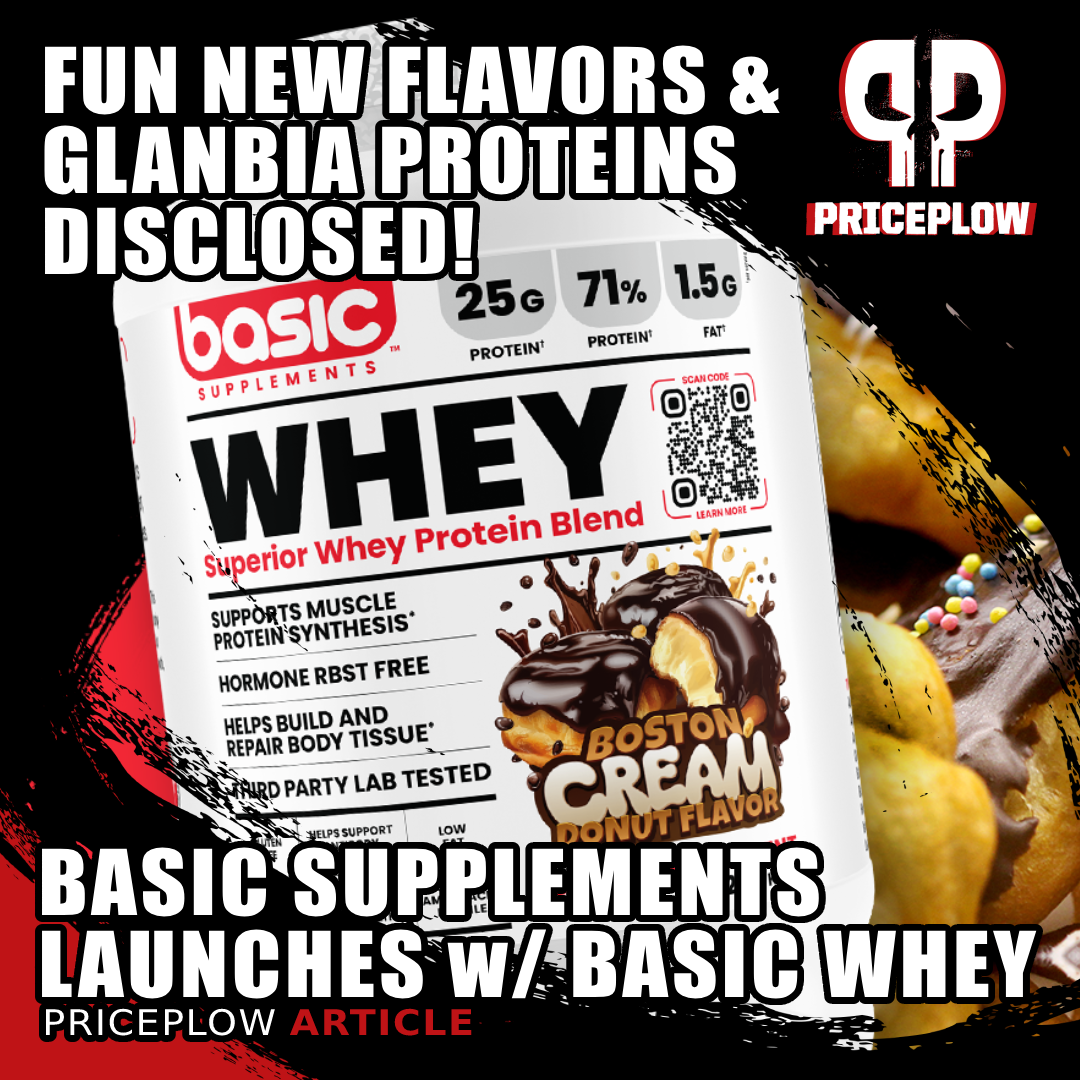
Basic Supplements has launched their first supplement, Basic Whey, and beyond some fun new flavors, they're doing things different by disclosing the Glanbia proteins used inside, where their products are manufactured (Nutrablend Foods in Buffalo, NY), and showing the total protein percentage by weight on the front of each tub!
Understanding Heavy Metal Testing
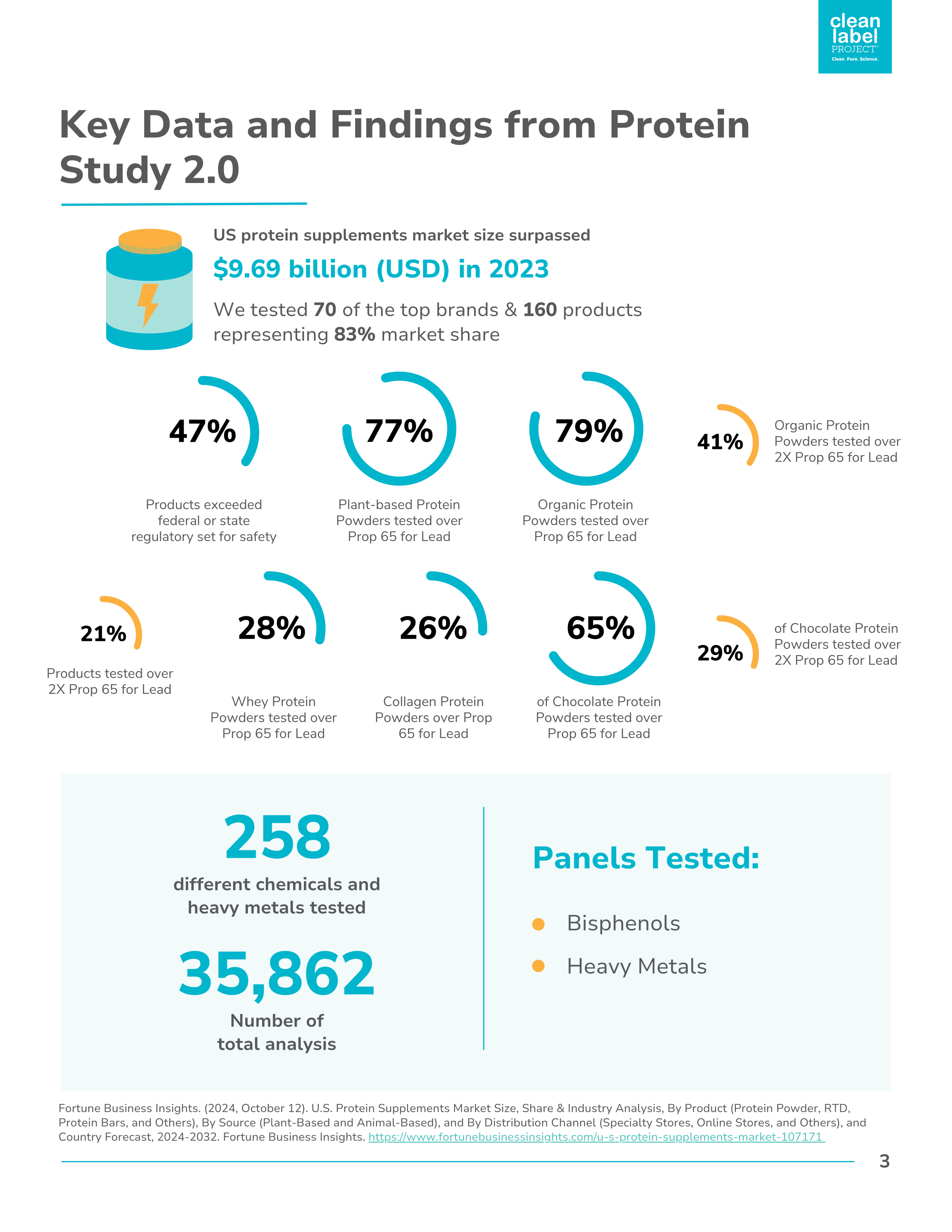
Data from Clean Label Project's comprehensive analysis of the protein supplement market, showing concerning levels of heavy metals across various product categories. Study of 160 products from 70 leading brands representing 83% of market share.[2]
In Basic Supplements' comprehensive third-party lab tests from Dyad Labs, four primary heavy metals were analyzed: arsenic, cadmium, lead, and mercury. These metals pose the greatest potential health concerns in dietary supplements and are the focus of regulatory bodies worldwide.[17]
The toxicity of these metals varies based on their form, concentration, and exposure duration. For instance, inorganic arsenic is far more toxic than its organic counterparts found naturally in fish.[4] Each metal affects different biological systems:[1]
- Lead impacts neurological development and cognitive function[1,5]
- Mercury damages the nervous system and can affect cardiovascular health[1,6]
- Cadmium accumulates in kidneys and can affect bone density[1,7]
- Arsenic has been linked to various cancers and cardiovascular issues[1,4]
-
Regulatory Framework and Testing Limits
Unlike pharmaceutical products, dietary supplements face less stringent federal oversight regarding heavy metal limits. The FDA has not established mandatory limits for most supplements (they're not mentioned anywhere in 21 CFR 111[18]), though they maintain "action levels" that can trigger enforcement.[9,10] California's Proposition 65 thus often serves as a de facto standard, requiring warnings when products exceed specific thresholds.
Shown in our Basic Supplements Lab Test Results article, Dyad Labs uses these guidelines in their protein powder tests:
- Lead: < 10 mcg/daily dose
- Arsenic: < 10 mcg/daily dose
- Cadmium: < 5 mcg/daily dose
- Mercury: < 2 mcg/daily dose
-
Natural Occurrence vs. Contamination
Heavy metals exist naturally in soil, water, and air. Plants can absorb these elements during growth, leading to their presence in raw materials used for supplements. Some amount of heavy metals in products is unavoidable, but the key is minimizing levels through proper sourcing and manufacturing controls.[19]
The FDA's iterative approach to evaluating and establishing action levels for toxic elements in foods and supplements, demonstrating their commitment to ongoing monitoring and improvement of safety standards.[9]
For example, rice protein and other plant-based ingredients often contain higher levels of arsenic because rice readily absorbs arsenic from soil. In contrast, whey protein typically shows lower heavy metal levels because dairy cows' biological systems filter out many contaminants.[1]
-
Sources of Contamination in Supplements
Heavy metal contamination in supplements can come from multiple sources:[1,5]
- Raw Materials
- Soil contamination where botanical ingredients are grown
- Natural mineral deposits in water used for processing
- Plant uptake from previously contaminated agricultural land
- Manufacturing Process
- Equipment and machinery
- Water used in processing
- Cross-contamination during production
- Packaging Materials
- Leaching from containers
- Ink and coating materials
- Storage conditions
The key to minimizing heavy metal exposure lies in careful supplier selection, rigorous testing protocols, and proper manufacturing controls. Basic Supplements demonstrates this through their partnership with Glanbia for protein sourcing and Nutrablend Foods for manufacturing, both known for their stringent quality control measures.
- Raw Materials
Basic's Test Results
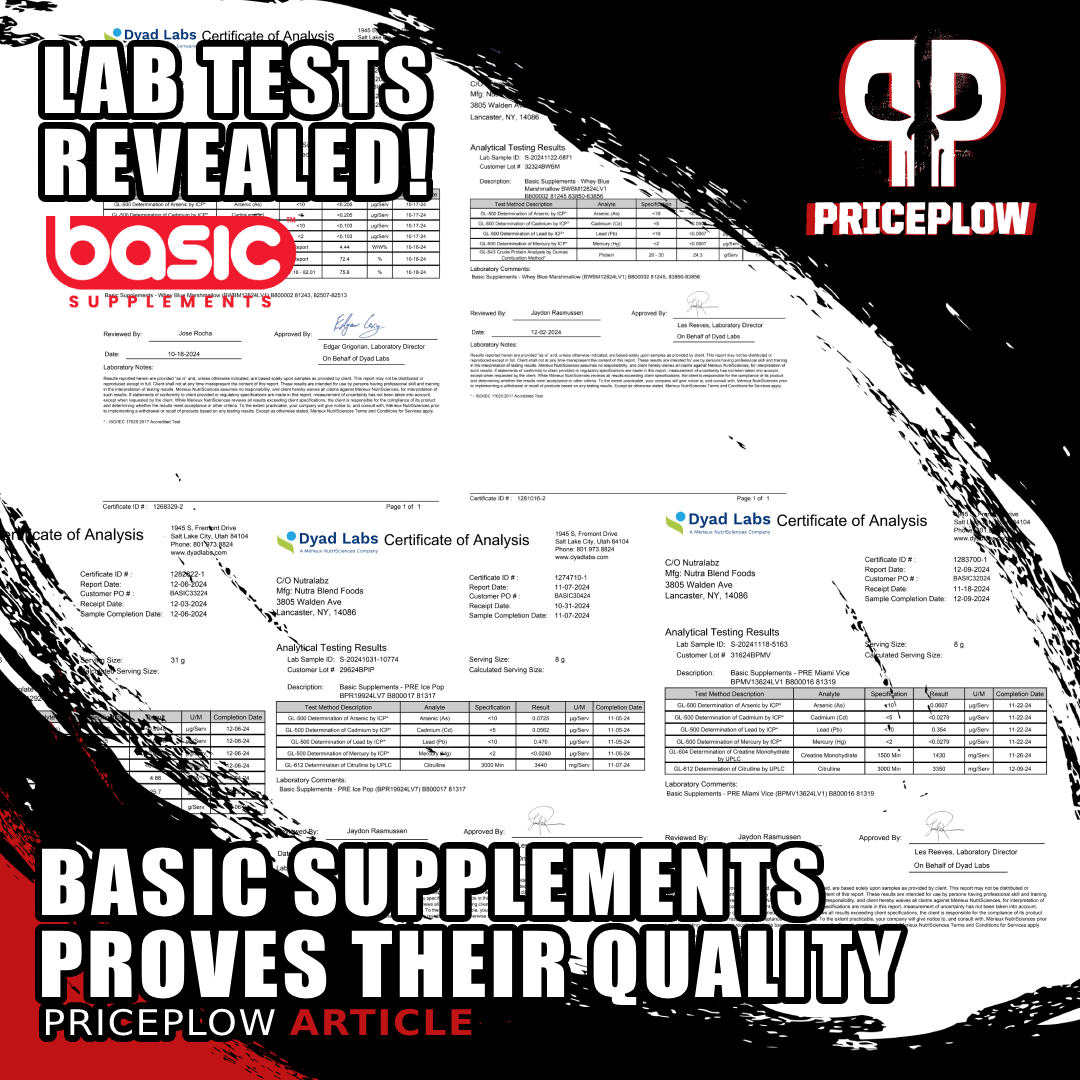
Basic Supplements has shared their lab tests, raising the bar for transparency in the supplement industry. They just released comprehensive Dyad Labs test results showing their products not only meet but often exceed label claims.
Basic Supplements' lab tests from Dyad Labs demonstrate the brand's commitment to quality and safety through consistently low heavy metal readings across their entire product line. Let's analyze the data in detail:
-
Product Analysis
Basic's whey protein products showed remarkably low levels of all tested heavy metals, with arsenic, cadmium, lead, and mercury well below California's Proposition 65 and FDA guidance levels. For instance, their Whey Vanilla showed arsenic levels under 0.265 μg per serving, cadmium under 0.265 μg per serving, lead at 0.334 μg per serving, and mercury under 0.265 μg per serving.
This trend continues across their entire product line, including their pre-workout and BCAA products. For a complete breakdown of all test results by product, see our detailed analysis here.
-
Industry Comparisons
When compared to industry averages, Basic's test results are impressive, given that recent studies have shown that up to 40% of protein supplements tested contained elevated levels of at least one heavy metal.[1,2] Basic's products consistently test well below these industry averages across all heavy metals tested.
-
Batch Consistency
Perhaps most impressive is the consistency between different batches of the same products. For example, multiple batches of Basic Whey's Blue Marshmallow Whey showed nearly identical heavy metal profiles, indicating excellent quality control in their manufacturing process. This consistency is crucial for maintaining product safety and reliability.
-
Manufacturing Excellence
Basic's outstanding test results can be attributed to their strategic partnerships with industry leaders. They source their whey protein from Glanbia Nutritionals, known for their rigorous quality standards, and manufacture at Nutrablend Foods' state-of-the-art facility in Buffalo, NY. Nutrablend's specialized focus on powder production and their selective approach to partnerships (working with only about a dozen brands) enables superior quality control.
These partnerships, combined with regular third-party testing through Dyad Labs, demonstrate Basic's commitment to transparency and quality in an industry where such openness is rare.
But how does this apply to the real world of protein-based foods like meat and fish? Prepare to be astounded:
Comparing Against Food Sources
These lab tests led us to wonder -- how do Basic Supplements' heavy metal levels compare to beef and fish, on a gram-of-protein for gram-of-protein basis?
There's some research to support us,[20-22] but we'll need to do some conversions to get there:
-
Heavy Metal Contaminants in Beef and Fish
To establish a benchmark, we examined published research on heavy metal levels in beef and fish:
Detailed timeline of the FDA's planned initiatives and milestones for establishing heavy metal limits across different food and supplement categories through 2025.[9]
- Beef (Khalafalla et al., 2011 - Egypt and González-Weller 2006 - Spain):[20,23]
- Lead: 1.91-8.77 µg/kg
- Cadmium: 1.40-1.9 µg/kg
- Arsenic: 5.06 µg/kg
- Mercury: 3.91 µg/kg
- Protein Content: ~22% (0.22 g protein per gram of beef)
- Fish & Shellfish (Jureša et al., 2003 - Adriatic Sea):[21]
- Hake (highest levels among fish tested)
- Lead: 7 µg/kg
- Cadmium: 2 µg/kg
- Arsenic: 23.3 µg/kg
- Mercury: 373 µg/kg
- Mussels (highest among shellfish tested)
- Lead: 150 µg/kg
- Cadmium: 142 µg/kg
- Arsenic: 8.4 µg/kg
- Mercury: 134 µg/kg
- Protein Content:
- Fish: ~20% (0.20 g protein per gram of fish)
- Shellfish: ~17% (0.17 g protein per gram of mussels)
- Hake (highest levels among fish tested)
- Beef (Khalafalla et al., 2011 - Egypt and González-Weller 2006 - Spain):[20,23]
-
Heavy Metal Levels in Basic Supplements Whey Protein
Basic Supplements' whey protein isolate demonstrated heavy metal levels well below detection limits in most cases:
- Lead: < 0.095 per serving
- Cadmium: < 0.095 per serving
- Arsenic: < 0.095 µg per serving
- Mercury: < 0.095 µg per serving
Each serving of Basic Isolate contains 26 grams of protein per serving.
-
Normalized Heavy Metal Levels Per Gram of Protein
Source Lead (µg/g protein) Cadmium (µg/g protein) Arsenic (µg/g protein) Mercury (µg/g protein) Basic Supplements Whey <0.0037 <0.0037 <0.0037 <0.0037 Beef 0.087-0.40 0.06 0.23 0.18 Hake (Fish) 0.35 0.10 1.16 18.65 Mussels (Shellfish) 8.82 8.35 0.49 7.88 The whey isolate values are significantly less. Even the worst-performing Basic Lab test -- the vanilla flavored whey, had 0.334 micrograms of lead in a 25g serving of protein, meaning it has 0.01336 micrograms of lead per gram of protein -- still vastly less than the beef measured in both studies![20,23]
-
Key Takeaways: Why Whey and Whey Protein Isolate is the Cleanest Option
- Lower Heavy Metal Exposure:
Basic Supplements' whey protein contains significantly fewer heavy metals per gram of protein than beef, fish, and shellfish.
- Fish and shellfish, especially mussels, contain significantly higher levels of mercury and cadmium.
- Even lean beef has greater lead levels to whey protein, and it's even worse for mercury.
- Mercury Contamination is Highest in Fish: The most alarming difference is mercury levels in fish, particularly hake, which is orders of magnitude greater than whey protein per gram of protein.
- Shellfish Are the Most Contaminated: Mussels have extreme levels of lead and cadmium, making them the most metal-contaminated protein source in this comparison.
- Lower Heavy Metal Exposure:
-
The difference is stark
Basic Isolate uses Glanbia Nutritionals' Provon WPI, offering unmatched transparency and quality. Pure protein, no gimmicks — just what you need for peak performance.
We're not advocating for anyone to stop eating meat, although we're not exactly huge fish eaters because of the data shown above. However, this thought experiment turned out to be a major learning lesson - cows do a phenomenal job of "filtering" heavy metals from their milk, and the whey protein process refines it even more!
For consumers concerned about heavy metal exposure, Basic Supplements' whey protein offers a very clean alternative to traditional whole food protein sources. If someone is toxic in these heavy metals, it may make sense to shift a portion of calories to Basic Whey Protein Isolate while removing the external environment intoxication.
While beef and fish provide high-quality protein, they do varying degrees of environmental contaminants. No food is perfect. But by choosing a third-party tested whey protein, consumers can achieve high protein intake with minimal heavy metal exposure, making it one of the safest options available.
Conclusion: Setting New Standards in Supplement Safety
Basic Supplements has demonstrated that "getting back to basics" doesn't mean compromising on quality or transparency. After covering their mission to provide simple, reliable formulas and interviewing Basic Supplements' Marc Curcio on Episode #156 of the PricePlow Podcast, we're diving deeper into what makes their commitment to quality so unique. By sharing comprehensive third-party lab test results across their introductory product line, they've set a new standard for accountability in the supplement industry. These results reveal not just compliance with label claims, but often exceed them.
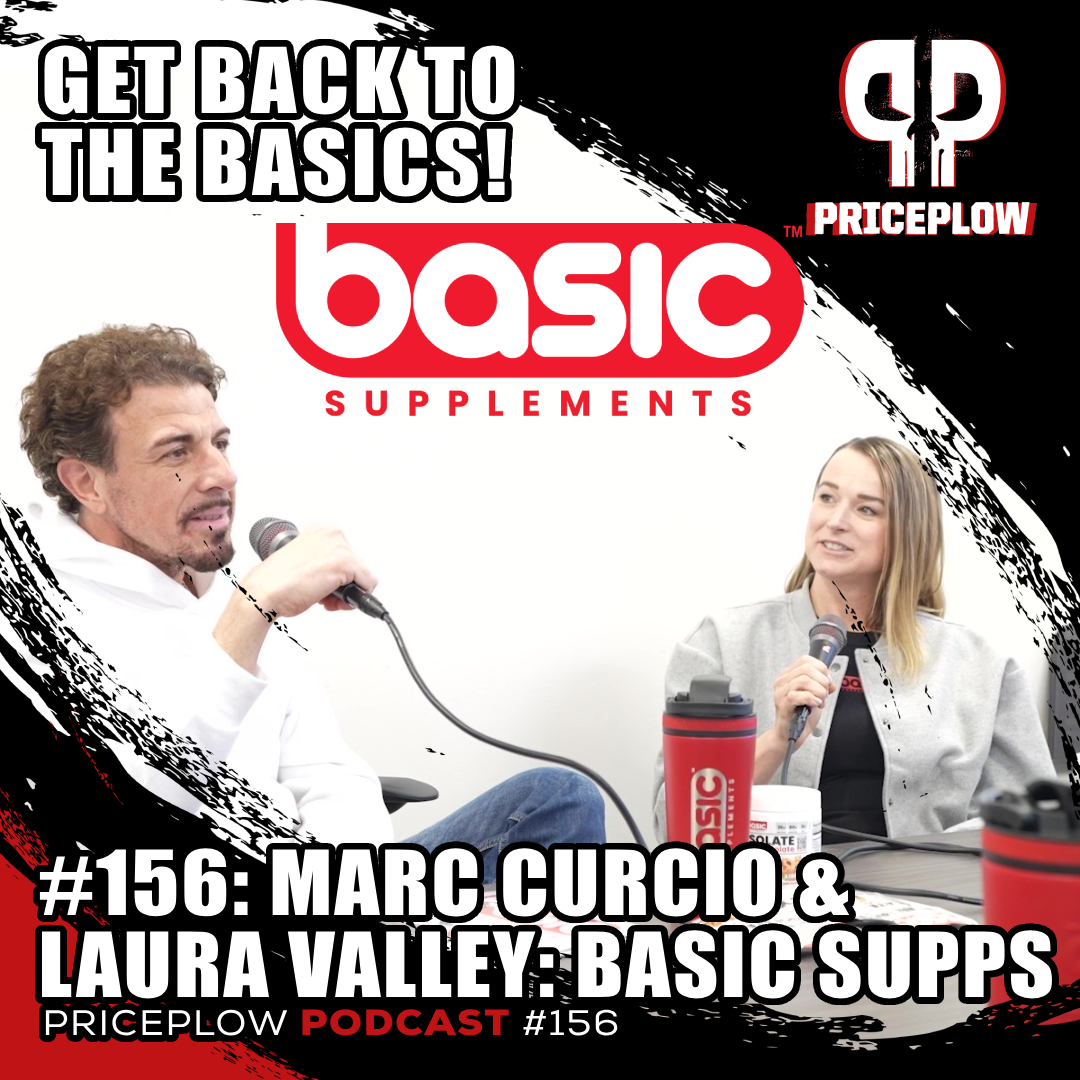
In fall of 2024, Mike and Ben flew to Buffalo, NY to Nutrablend Foods, manufacturer for the new upstart brand, Basic Supplements. They interview Marc Curcio for Episode #156, discussing how they're simplifying the supplement industry with high-quality, essential products that are both affordable and transparent.
What makes this transparency so meaningful is the context: Basic Supplements isn't just showing us what's in their products – they're showing us who makes them (Nutrablend Foods), where they're made (Buffalo, NY), and whose ingredients they're using (like Glanbia's premium proteins). This level of openness, combined with verifiable test results, creates a complete picture of quality that consumers rarely get to see in the supplement industry.
While many brands claim to offer "premium" products, Basic Supplements backs up their claims with data. The consistently low heavy metal levels, precise active ingredient dosing, and batch-to-batch consistency demonstrated in these lab tests validate their approach of focusing on core ingredients at effective doses, manufactured to exacting standards.
Whether you're looking at their whey protein, pre-workout, BCAA, or whey isolate products, the story remains the same: what's on the label is what's in the bottle – and often more. For consumers tired of marketing hype and proprietary blends, Basic Supplements offers something refreshingly different: honest products with proven quality.
You can find great deals on all Basic Supplements products below, and don't forget to sign up for Basic Supplements news alerts to stay updated on their latest developments:
Basic Supplements – Deals and Price Drop Alerts
Get Price Alerts
No spam, no scams.
Disclosure: PricePlow relies on pricing from stores with which we have a business relationship. We work hard to keep pricing current, but you may find a better offer.
Posts are sponsored in part by the retailers and/or brands listed on this page.
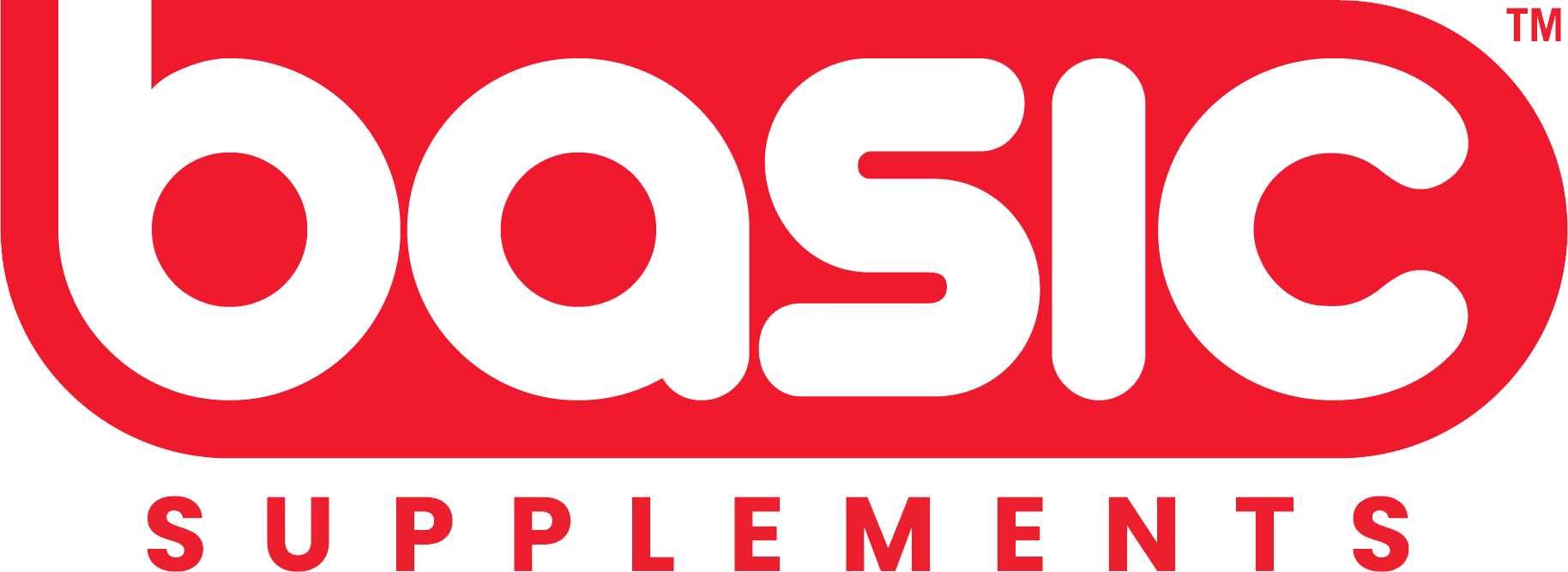
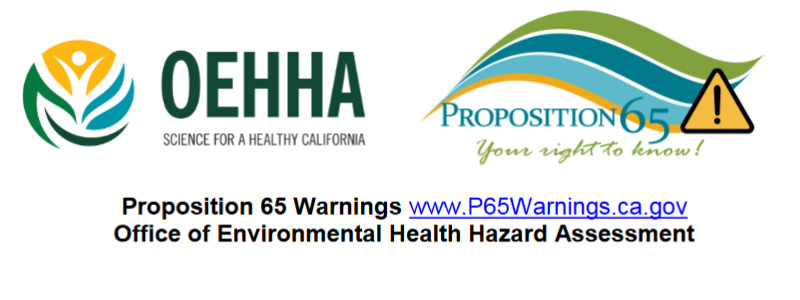
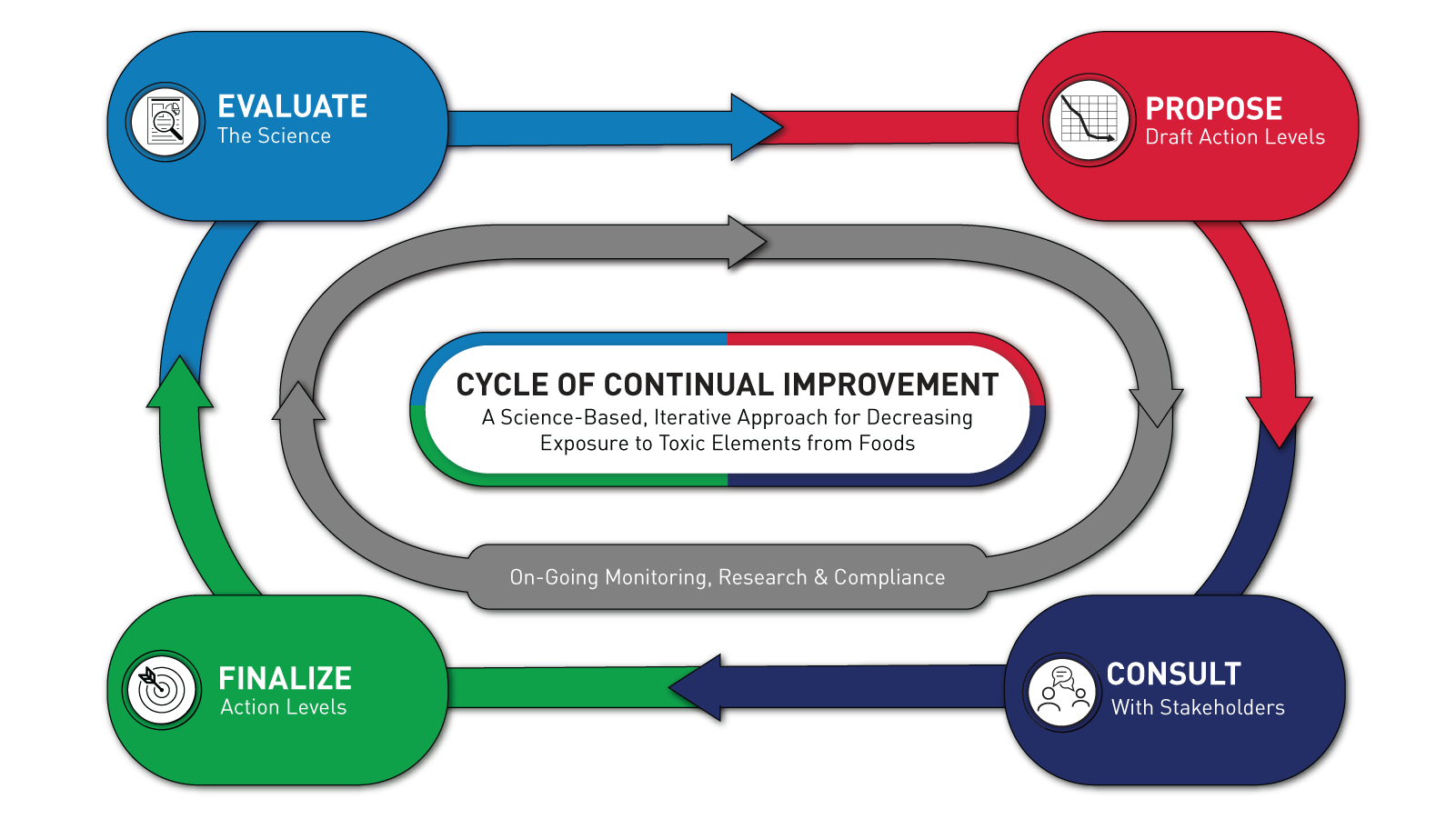
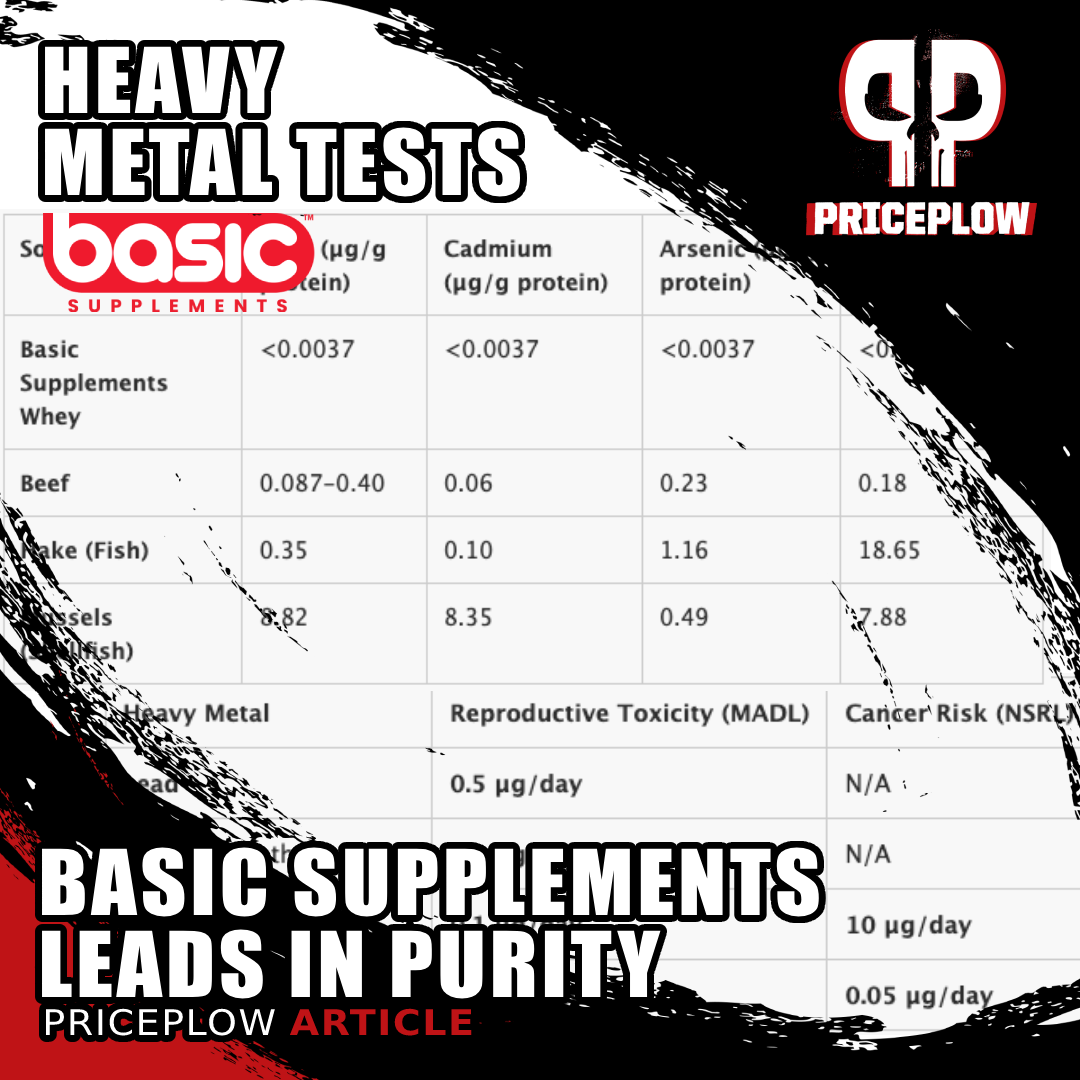
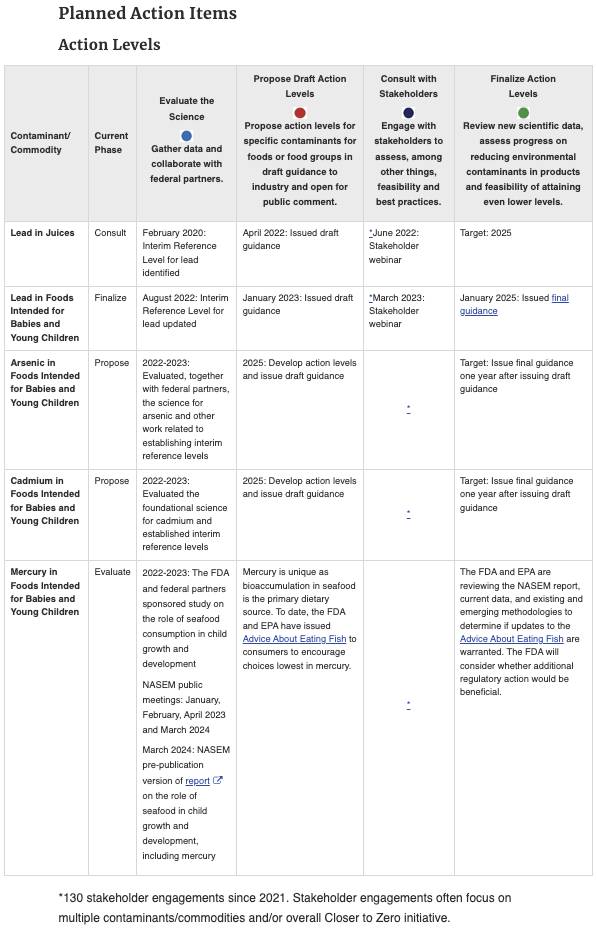
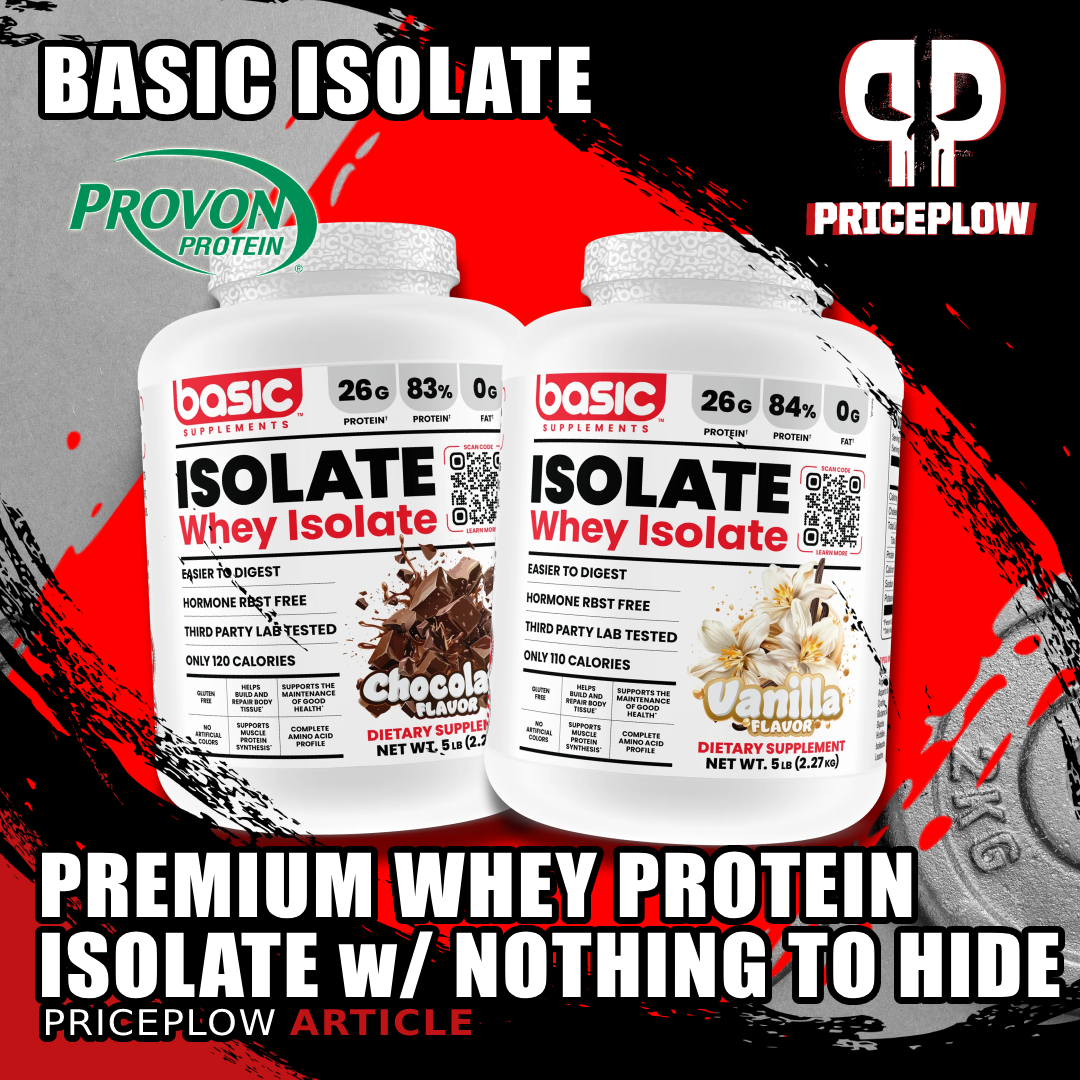

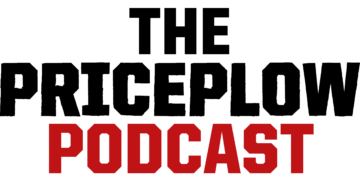
Comments and Discussion (Powered by the PricePlow Forum)